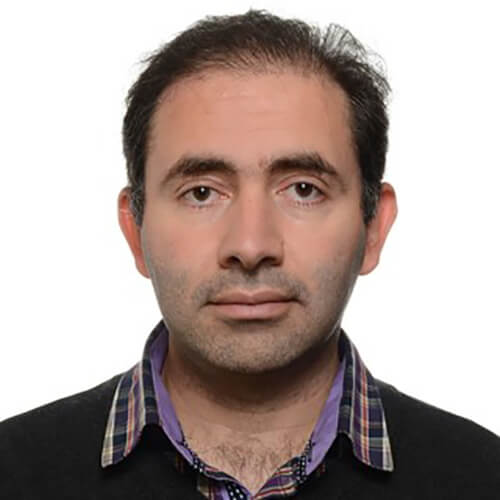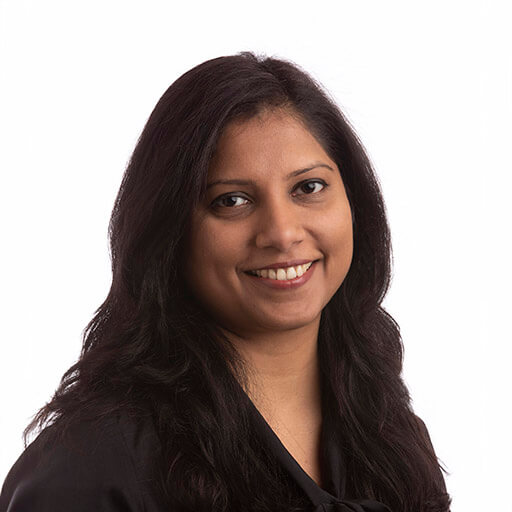Artificial Intelligence Approaches to Better Understand Genetic Contributions

Principal Investigator
Puya Gharahkhani, PhD
Queensland Institute of Medical Research
Brisbane, Australia
About the Research Project
Program
Award Type
Standard
Award Amount
$199,802
Active Dates
July 01, 2021 - June 30, 2023
Grant ID
G2021009S
Co-Principal Investigator(s)
Stuart MacGregor, PhD, Queensland Institute of Medical Research
Goals
We aim to use innovative approaches harnessing artificial intelligence to grade eye nerve damage and identify genes causing those damages over time, leading to glaucoma. Aim 1 – Use artificial intelligence (AI) to measure eye nerve damage accurately and predict retinal thinning (which are indicators of glaucoma development) from simple eye images. Aim 2 – Identify genetic variants contributing to eye nerve damage and glaucoma development and progression using AI data from Aim 1. This aim will also leverage AI to identify which genes cause eye nerve damage, subsequently informing the development of potential new treatments for glaucoma by targeting those risk genes, which may protect from (or reverse) eye nerve damage.
Summary
Glaucoma is a leading cause of blindness worldwide. It is characterized by damage to the optic nerve at the back of the eye. Current treatment protocols involve reducing the eye pressure, however, not all glaucoma cases display this trait. Moreover, 50% of people with glaucoma are unaware they have it, meaning many are only diagnosed after irreversible optic nerve damage has occurred. Currently, the biological mechanisms leading to the optic nerve damage are poorly understood. Here, we propose applying artificial intelligence (AI) approaches to identify the genes contributing to optic nerve damage, as well as any trends in nerve damage over time. We will investigate whether these genes are targeted by existing approved drugs (used for treatment of the other diseases), as this provides an avenue to develop novel accessible treatments for glaucoma blindness aimed at preventing optic nerve damage.
Unique and Innovative
This study will be among the first large-scale genetic studies to use artificial intelligence (AI) to accurately grade glaucoma-related damages of the eye nerve and retina at the back of the eye. In addition, this is the first study to investigate the genetic basis of eye nerve damage over time using AI approaches. Finally, current treatments for glaucoma are not capable of preventing blindness once the eye nerve is already injured. This study may provide new potential candidate treatments for glaucoma which are beneficial even once the eye nerve is damaged.
Foreseeable Benefits
This study provides a novel and time efficient approach using artificial intelligence to grade eye nerve damage, which will improve accuracy of risk gene discovery for glaucoma. These genes will subsequently be used to develop a genetic test to identify people at high risk of developing eye nerve damage and glaucoma, providing unique opportunities to prevent blindness in those people. Identifying causal genes leads to a better understanding of the underlying biology of glaucoma, and may provide drug candidates allowing for the treatment of the damaged eye nerve which currently is not possible.
Related Grants
National Glaucoma Research
Enhancing Access to Glaucoma Care Using Artificial Intelligence
Active Dates
July 01, 2025 - June 30, 2027

Principal Investigator
Benjamin Xu, MD, PhD
Current Organization
University of Southern California
National Glaucoma Research
Saving Sight: A Journey to Healing Without Scars
Active Dates
July 01, 2024 - June 30, 2026

Principal Investigator
Jennifer Fan Gaskin, MBChB, MD, FRANZCO
Current Organization
Centre for Eye Research Australia (Australia)
National Glaucoma Research
Retinal Ganglion Cell Axon Degeneration in a 3D Microfluidic Hydrogel Model
Active Dates
July 01, 2024 - June 30, 2026

Principal Investigator
Shruti Patil, PhD
Current Organization
Indiana University School of Medicine




